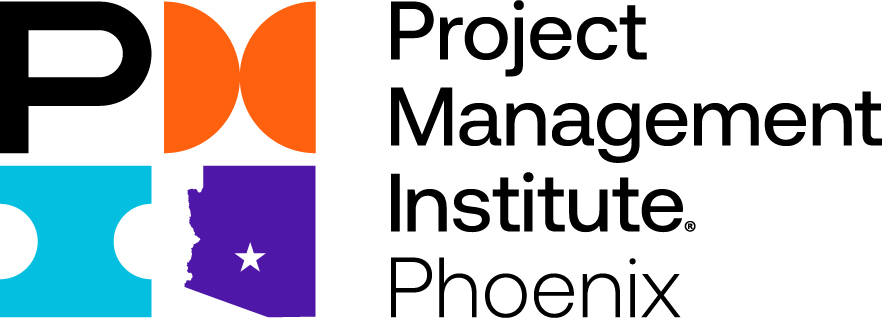Yes, the sky has officially fallen. People all over the world have adopted a new way of living. Social distancing and remote work have become the norm within a few weeks’ time. Organizations went the distance by stress-testing their remote work capabilities and encouraging their employees to work remotely. The coronavirus was able to impact the world order in a stunning manner that no one had ever predicted.
As dwindling queues at the airport and canceled reservations at hotels signal an impending change in the fortunes for many industries, organizations are taking a fresh look at options to improve team productivity, which seems to be affected by the lack of personal interaction. Projects are built on one key aspect: people!
It’s no surprise that organizations are viewing the progress of their projects and programs with concern as their employees adopt a new working model that currently has no end date. This new model could be a long-lasting one that can bring about life-changing impacts and, at the same time, new opportunities for project teams to deliver value to organizations.
Remote Work
According to statistics released by the U.S. Bureau of Labor Statistics, 26 million Americans work remotely, at least part of the time. That constitutes 16% of the workforce in the United States. Between 2005 and 2015, the number of employees who worked remotely increased by 115%. That is a whopping jump indicating the confidence in remote work technologies—and a positive shift in organizational attitude toward remote work.
According to an Owl Labs State of Remote Work survey, companies that support remote work have 25% lower employee turnover than companies that do not promote remote work arrangements. Further, employees felt greater work/life balance when remote work was offered by organizations.
However, the same survey also indicates that the respondents felt that remote work made them less attached to their teams and experienced challenges in maintaining relationships at work. Remote workers with onsite managers experienced 25% less career growth conversations overall than average.
However, the takeaway from this survey is that managers did not report any substantial change in performance between remote and on-site workers. This fact alone can help organizations form decisions that will affect the current remote work guidance offered to their employees. After all, certain types of projects can still hope to achieve their results with a substantial remote workforce.
Disaster Recovery
Most organizations should rely on tapping into some part of their already established business continuity and disaster recovery plans during this difficult time when project teams are not readily available for business-critical operations.
While most of these emergency plans are built on the premise of infrastructure disruption due to unavoidable circumstances like natural calamity, the current situation offers organizations the opportunity to update the processes and remediations to address the real crisis of the workforce not being available onsite.
Current disaster recovery plans can be viewed from the angle of assessing what key aspects of business are affected due to worker unavailability or due to quarantine procedures mandated by the local government bodies. That may involve distributing protection apparel and implementing safety-handling procedures to help employees execute their tasks without fear of contracting infections.
Business continuity plans help organizations keep the operations going in the event of a disaster. Organizations will be able to execute their current plans with some modifications to keep the business operations intact. The challenge will be the dependency on remote locations to keep the lights on when most locations will probably be equally affected by the health situation.
New Initiatives
Project teams are entrusted to deliver new capabilities that enhance the business operations of organizations. A disruption from the norm affects many organizations’ capability to effectively reach time to market.
While a total incapacitation may not be brought about by the current situation, project governance bodies will find it challenging to project capacity, quality and timeline. When many critical projects are affected by onsite worker unavailability, capability projections need to be re-evaluated so that realistic expectations can be communicated to stakeholders and leadership.
It’s tempting to offer guidance to not start any new initiatives that require onsite worker presence. However, even during this new norm, businesses cannot hope to survive if new projects are not initiated. The need of the hour is to settle on a “middle ground” approach where business priority planning needs to occur with a view of the new reality.
It’s even possible to increase productivity in certain types of projects where unessential site work can be substituted with remote tasks, thereby offering enhanced business capabilities in some areas.
Team Health
Even during dire conditions, successful organizations pay attention to overall employee health, both psychological and physical. The current pandemic health situation offers opportunities for organizations to promote project team health—thus ensuring successful recovery plan executions, leading to prioritized business results.
Project governance and execution teams should partner to assess team health while projecting project capacity and deliverables. While employees’ physical well-being will be challenged during a health hazard, it is also paramount to pay attention to the psychological aspect of employee health. According to the World Health Organization (WHO), depression and anxiety have a significant economic impact—and the estimated cost to the global economy is US$1 trillion per year in lost productivity.
It’s no surprise if the productivity loss gravitates to higher plains during the current stressful times. A recent WHO-led study estimated that for every US$1 put into scaled-up treatment for common mental disorders, there is a return of US$4 in improved health and productivity. A proactive approach to address psychological and physical health during times of distress can be a productive plan for organizations.
Difficult times offer the most challenging phases to organizations and people in general. As the English Poet Robert Frost wrote, “Even in difficult times, one thing remains true-life still goes on.” Projects, programs, and organizations must find innovative ways to tread forward. That may require a peek into the past—as well as the willingness to be outrageously creative.
This article by was originally published on ProjectManagement.com. on

Jiju is a project manager who takes on projects that need help. He likes a challenge put in front of him to be solved in a fixed amount of time. Because of this trait, he was fortunate enough to be called upon for completing projects in distress. Through detailed analysis and designing mitigation strategies, he is able to turn distressed projects into successful ones.

